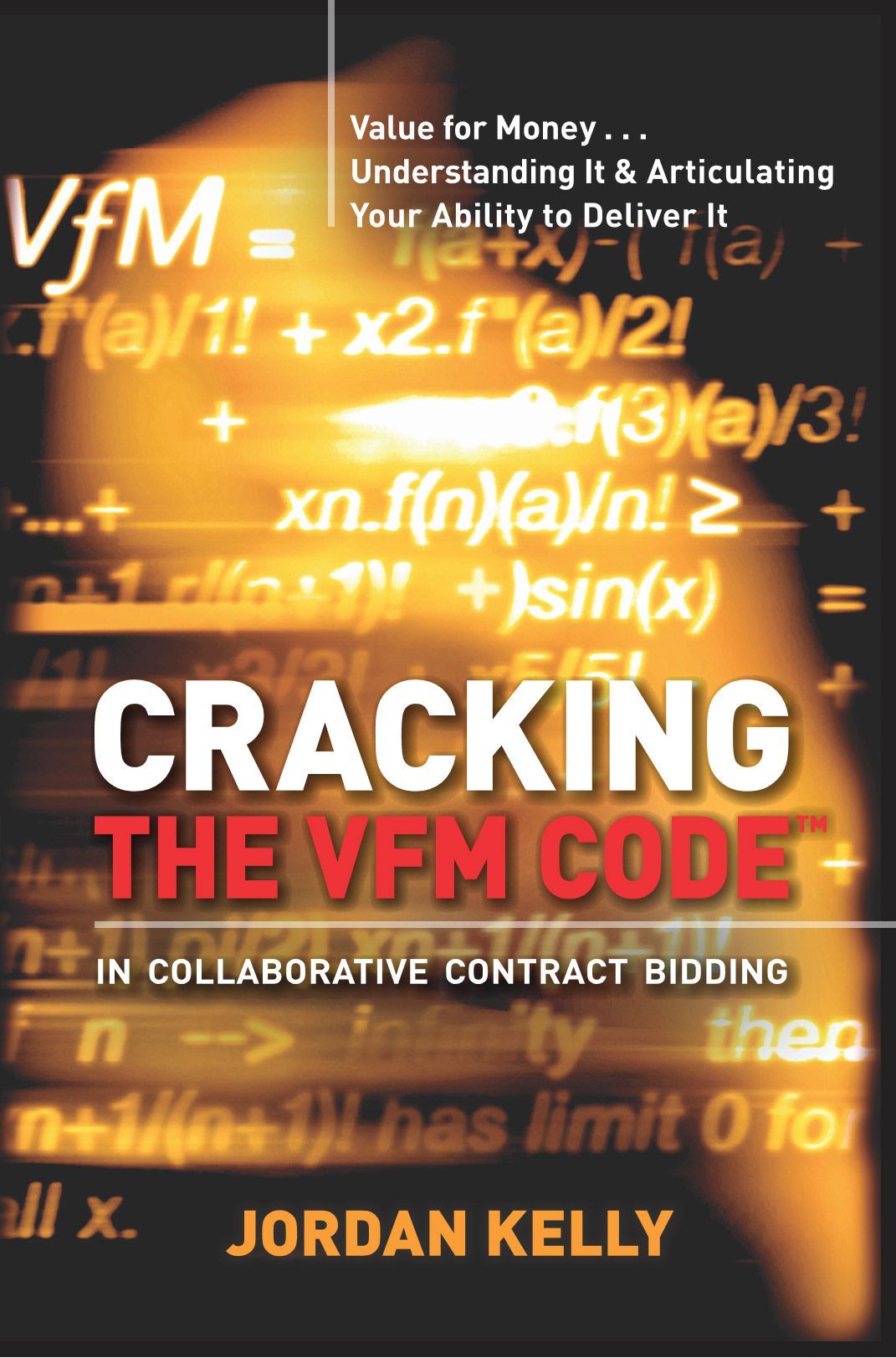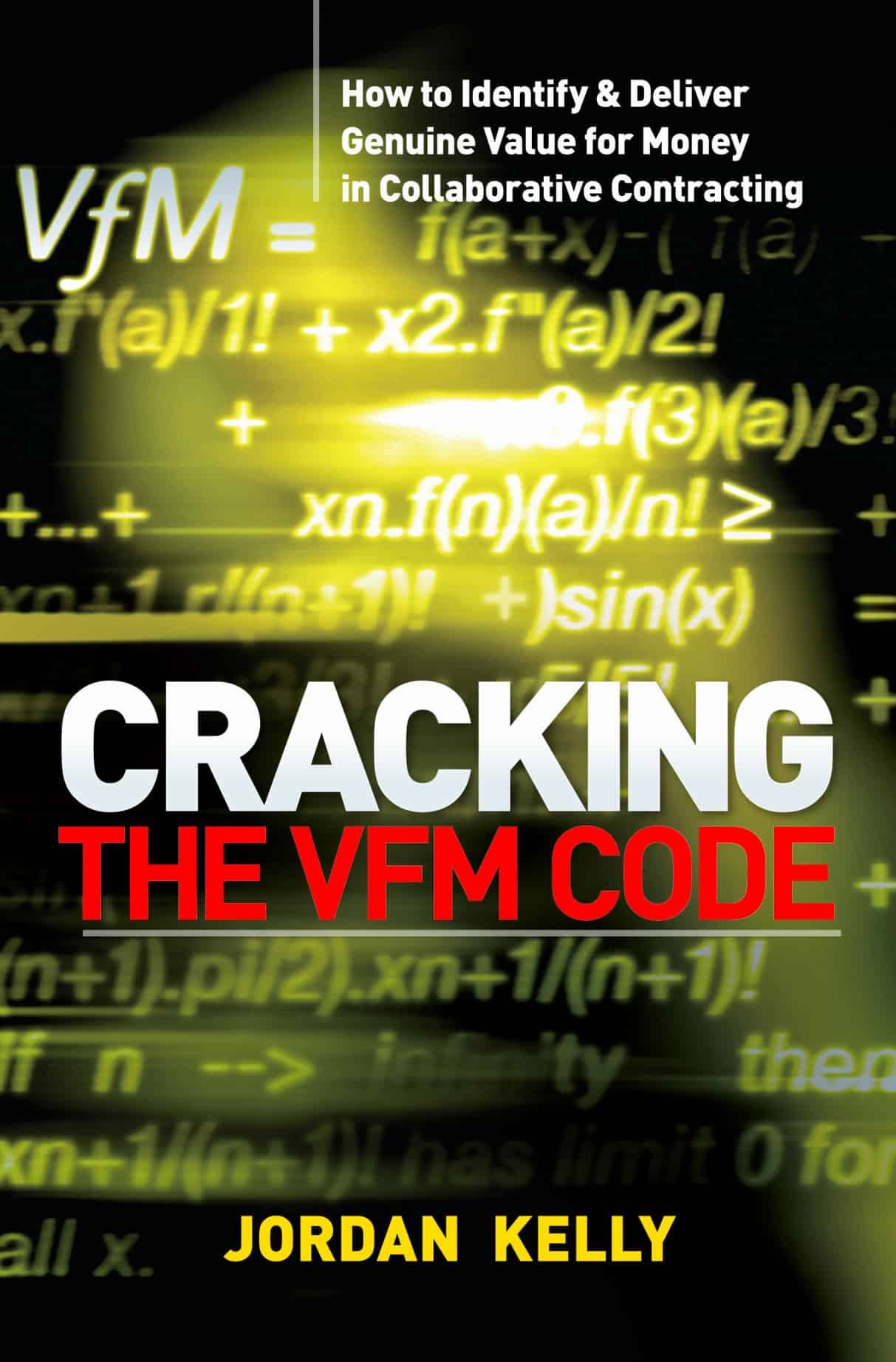CATEGORIES:

One aspect of collaborative contracting processes that poses a potential threat to bid participants is the security of their Intellectual Property (and, in the case of price-competitive collaborative bidding processes, the quarantining of the project-specific innovations they develop).
Quite clearly, losing control of competitively valuable Intellectual Property (IP) (or having its investment in developing competitively superior innovations negated), doesn’t represent value for money for the Non-Owner Participant (NOP) . . . in terms of the resources it deploys towards winning a bidding race.
How far a service provider should go when it comes to disclosing proprietary information and tabling competitively sensitive strategies or suggestions is an enduring bone of contention in most industries and in many forms of proposal.
However, the issue of Intellectual Property rears its head in the context of collaborative contracting bids arguably more often than in any other type of bid . . . and most especially in the case of “dual TOC” (i.e. owner and non-owner out-turn comparative costing) bidding processes.
With “innovation” the catch cry of collaborative contracting, tier one law firm Clayton Utz’s Marko Misko says an infrastructure project owner must disclose upfront, in its procurement documentation, the extent to which it wishes to use for its own benefit, the ideas or any “smarts” included in the proposals of the various bidders.
Agencies Have An Ethical Obligation to Bidders
Misko says an agency’s first obligation is to obtain a clear form of consent from bidders, and to seek to identify and communicate with certainty the types of innovation being sought. It should also consider whether payment should be made, if significant effort is required of bidders e.g. in the case of a design competition.
He says “an agency has to also be commercially realistic in assessing whether it will extract any meaningful innovation during the early procurement stages, or whether it is more likely to get generic statements and a few broad-brush ideas.”
On that specific note, he puts forward, for the consideration of delivery agencies, a potentially different approach to the norm, with regard to seeking innovative suggestions from bid teams:
“An alternative is to conduct a market sounding ahead of the procurement process – not only to gauge levels of industry interest/capacity, but also to invite any preliminary suggestions for innovation.”
He advises that the Australian Department of Defence (for which he has been involved in numerous projects) has, in recent times, conducted this type of exercise on a regular basis on its larger projects. He also advises it is an approach being considered by State and Territory Governments on their Public Private Partnership (PPP) projects to invite innovation strategies of a very basic nature. In these specific instances it is seen, he says, as a means to gauge industry enthusiasm and capacity, without needing to commence a full-blown competitive procurement process where the project owner might not have otherwise progressed to this.
“This sort of market sounding is conducted on the clear basis that the respondents retain no IP in their submissions, and this is typically because only reasonably generic responses are being sought at this preliminary stage,” Misko points out.
“This can be a relatively straightforward way of gleaning industry smarts in a manner that doesn’t threaten or alienate the contractors. Because it’s generic and preliminary, it’s not realising industry concerns about the disclosure of organisation-specific competitive advantage.
'The Project Owner is Asking the Market for Its Opinion'
“It’s an interesting option to consider in the context of bidding costs; that’s why it’s being looked at increasingly in the case of PPPs, with the very high cost of competing for these contracts. In essence, the project owner is simply asking the market for its opinion.
“For the private sector, their input might be accommodated in a two-page letter,” he says. “And it’s not competitive, so people don’t feel like they have to go into full song-and-dance mode to win the job. They’re simply saying, in a very neutral fashion, ‘These are my ideas.’
“The contractors are very happy to participate in this type of market-sounding process because it gives them a chance to potentially shape the delivery method structure. At the same time their participation is not heavily competitive and does not require significant investment.”
Policing Probity & IP in the Price-Competitive Alliance
With the arguable exception of Public Private Partnership projects, there are few other tendering processes to rival the price-competitive / dual TOC when it comes to risking transmission of innovations between competing bidders. That statement isn’t in any way, shape or form intended to infer that every effort isn’t made nor every protocol exercised to prevent this from happening; but the process, regardless, does render this a risk for participants.
Jim Millar (speaking from his previous perspective of Commercial Manager with the contractor then known as Abigroup) comments on the issue of Intellectual Property and innovation input in the dual TOC context:
“The difficulty in that environment is that, for an alliance to be successful, you have to have owners’ personnel in the team,” he points out. “During the development of the two TOCs, the owner has to split his team so that he can put some into Team 1 and some into Team 2.
“The concern – and the challenge – is that ideas thought up by Team 1 have got to be protected from being given to Team 2, because Team 1 might come up with great ideas, and it would be unfair for those ideas to be given to Team 2.
“So the owner’s people have to be prevented from cross-fertilising ideas between the two competing teams.”
The Project Owners' Perspective
VicRoads’ Gary Liddle injects both a note of reality and of respect:
“Protecting IP in price-competitive alliances is a very difficult thing to do, in reality,” he says. “But we certainly do need to be careful, in the competitive TOC environment, about the need to protect the IP of the NOPs.
“It’s important to respect the innovations and the proprietary thinking of the individual NOP teams – although preferably it would be done without introducing the expense of having two separate project owner teams.
“Realistically, I don’t think it’s possible to afford proper protection without having two quarantined client teams. I know of one price-competitive alliance where they are using the same client team and introducing signed declarations that that information will not be shared between the NOPs. I think it’s almost impossible to achieve that, though, with the same client team. So I guess we are looking at the possibility of introducing a significant new cost into alliancing.”
But, for the moment at least, certainly many agencies consider that option (i.e. two client teams) impractical.
CRACKING THE VfM CODE
How to Identify & Deliver Genuine Value for Money in Collaborative Contracting
(Book)
Book 1 in the Cracking the VfM Code duo, 'Code Green' features within its 350 insightful pages, interviews with project owner representatives who have run price-competitive/dual TOC processes.
CRACKING THE VfM CODE IN COLLABORATIVE CONTRACT BIDDING
Value for Money . . . Understanding It & Articulating Your Ability to Deliver It

(Book)
Together with 'Code Green', 'Code Gold' completes a duo that provides powerful insights that, in turn, result in a strong competitive advantage for any organisation wanting to demonstrate a superior working understanding of VfM - and what the concept means to any specific client and any specific project.



